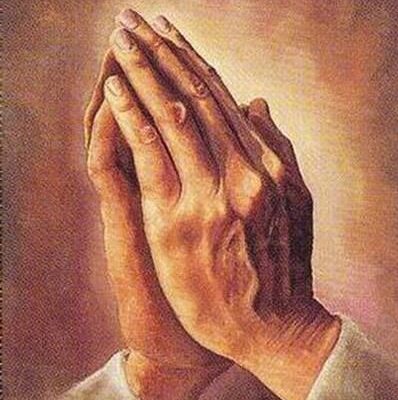A famous and well-known nursery rhyme is sung to the words, “Twinkle, twinkle little star, how I wonder what you are! Up above the world so high, like a diamond in the sky.” The lyrics are from an early nineteenth-century English poem written by Jane Taylor. The tune, a French melody, Ah vous dirai-je, Maman (Oh! Shall I tell you, Mommy?), was first published in 1761, and set to twelve variations by none other than Wolfgang Amadeus Mozart. It has a charmed history.
The rhyme is fascinating insofar as it unites extremes. The star is “little” to our eyes, and even more so to the eyes of a child. As adults, however, we know that science teaches us the stars are gigantic, much larger than we can possibly imagine. In addition, another extreme is introduced, namely, that between the location of the star (up high) and its comparison with a diamond, which is found deep below the earth. It is a paradox, holding together its opposites. And a paradox that applies to the adult who keeps his eyes on the stars but his feet on the ground. The star also elicits wonder, which is the beginning of wisdom.
Is there anything more fascinating and yet more adaptable that a star? A sheriff wears one. Several sports teams have adopted the star as their emblem. Players aspire to be stars and showcase their talents in an All-Star game. Stars populate the American flag. We wish upon stars and find them in a lover’s eyes. We hitch our wagons to them. They characterize the accomplished celebrity and are presented in miniature to heroes. Texas has one, but only one. A dreamer is starry-eyed and hopes to find stardom. One may be born under a lucky star, but coming into the world on the wrong side of a star proves dis-aster. A single star tops the Christmas tree. And the Magi, we cannot forget, followed a star. Stars are rich in symbolism, but they are also profound in implication.
What are the stars saying to us? Philosopher Immanuel Kant was most fascinated by two things that seemed infinitely apart: “the stars above and the moral law within.” They spoke to David. In Psalm 19:1 he states, “The heavens declare the glory of God; the skies proclaim the work of his hands.” When we look toward the heavens, we see stars. The glory of the stars, however, is not in themselves, but in what they are saying, that they have been created by God.
Etienne Gilson, in addition to being a world class historian, is an excellent philosopher. He finds that coeli enarrant gloriam Dei (the heavens declare the glory of God) have inspired both St. Augustine and St. Thomas Aquinas because in some way they bear His likeness. “With St. Thomas,” Gilson writes, “the divine likeness sinks for the first time into the heart of nature, goes down beyond order, number and beauty, and touches the very efficacy of causality.” God cannot create a world that does not bear in some way the imprint of His authorship. When we see the greatness of the work, we sense the greatness of the workman. God’s signature is in everything He creates.
The affinity the stars have for the divinity was recognized by Vincent van Gogh when he said, “When I have a terrible need of—shall I say the word—religion, then I go out and paint the stars.” Shakespeare referred to stars as “These blessed candles of the night.” They decorate an invisible altar behind which is a priestly God. There is something inescapably religious about the sky’s canopy of stars.
Stars come out at night. “Stars were not stars unless they met the black,” wrote the poet Don Marquis. They arrive just when we need them, to provide hope and consolation after the day’s hard labor. In order for them to shine, the sun must set, and the sky must darken. So, too, hope can arrive when our outlook is bleak or when we suffer a loss.
Astronomers tell is that “A star is any massive self-luminous celestial body of gas that shines by radiation derived from its internal energy sources.” That is scientifically correct, but that is not what the stars are telling us. They are telling us that they are ambassadors of God and signs of encouragement and hope. They fill us with a wonder that leads us to discover more about God’s creation. They speak to our heart, our poetic side for they are, as Byron declared, “the poetry of heaven.” G. K. Chesterton heard what the stars were saying and encapsulated his understanding in the following sentence: “If seeds in the black earth can turn into such beautiful roses, what might not the heart of man become in his long journey toward the stars?”
Life is a journey. Man is made in the image of God. Roses are beautiful, but not as glorious as is the heart of man. We can hardly imagine what great things God has in mind for us as we make our pilgrimage toward Him. The starry night is a spectacle that touches everyone. We look to the stars for guidance, hope, and inspiration. They will not fail us. “The stars,” as the poet John Milton has reminded us, “that nature hung in heaven, and filled their lamps with everlasting oil, give due light to the misled and lonely traveller.”
Photo by Greg Rakozy on Unsplash


